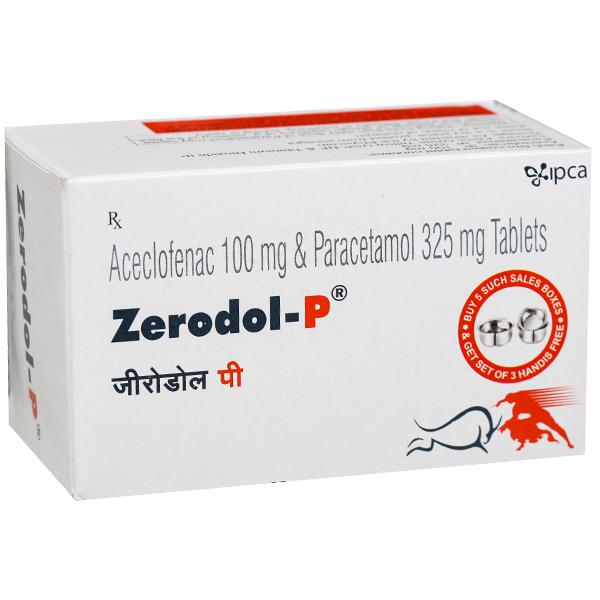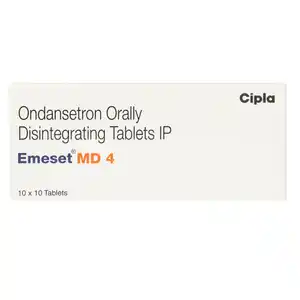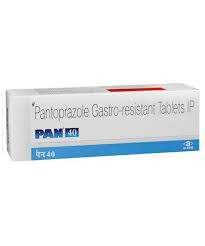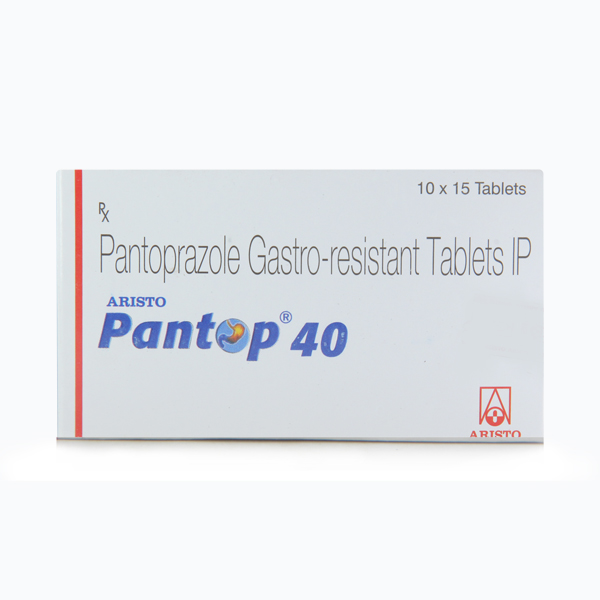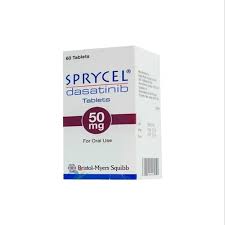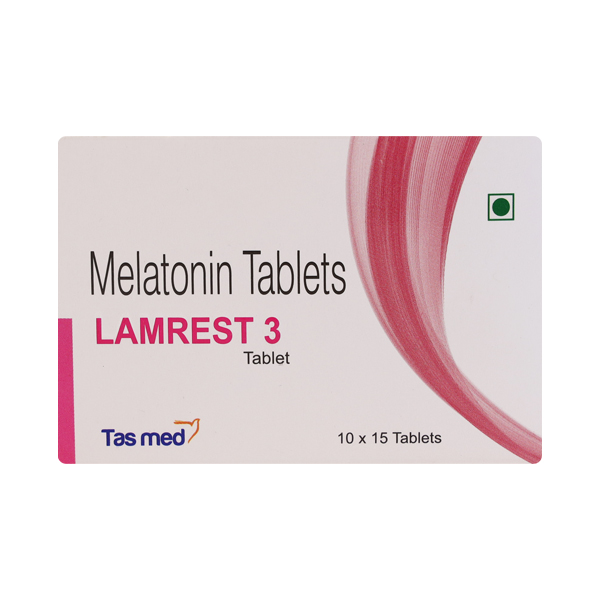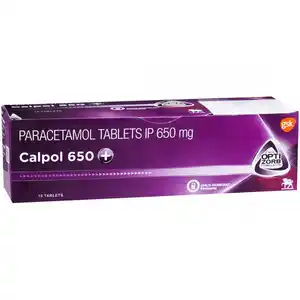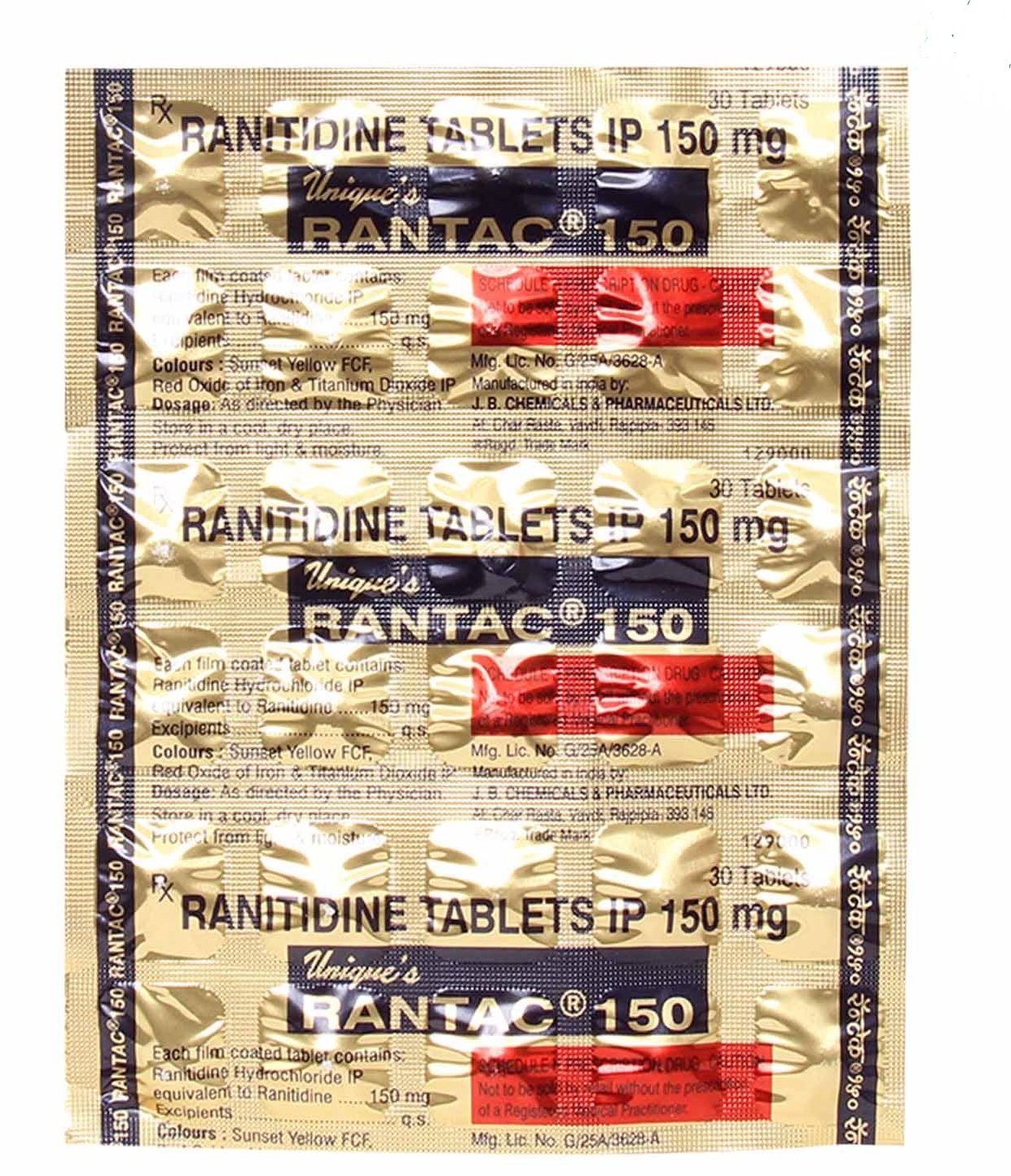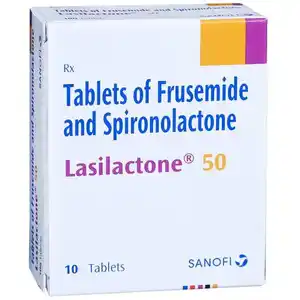Introduction
Erectile dysfunction (ED) is a common condition that affects millions of men, with varying degrees of severity. While many men benefit from lifestyle changes, medications, or non-invasive treatments, these solutions may not work for everyone. For those with severe or treatment-resistant ED, penile implants offer a long-term, reliable solution.
In this blog, we’ll explore what penile implants are, their types, how they work, the benefits they offer, the potential risks, and who might be an ideal candidate for this procedure.
Understanding Severe Erectile Dysfunction
Severe ED refers to a persistent inability to achieve or maintain an erection sufficient for sexual intercourse, even after trying standard treatments like medications or external devices. This condition can take a significant emotional and psychological toll on men and their partners, leading to frustration, decreased confidence, and relationship strain.
Causes of Severe ED
Several factors can lead to severe ED, including:
- Chronic health conditions: Diseases like diabetes, cardiovascular issues, and hypertension can damage blood vessels and nerves, reducing erectile function.
- Hormonal imbalances: Low testosterone levels can impair libido and erection quality.
- Neurological disorders: Conditions such as Parkinson’s disease or multiple sclerosis can disrupt nerve signals required for an erection.
- Pelvic surgery or trauma: Surgeries like prostatectomies or injuries to the pelvic region can damage nerves and arteries vital for erections.
- Psychological factors: Anxiety, depression, and stress are common contributors to ED, often compounding the effects of physical issues.
When these factors lead to unresponsiveness to medications or other interventions, penile implants become a potential solution.
What Are Penile Implants?
Penile implants, or penile prostheses, are medical devices surgically inserted into the penis to help men with severe ED achieve and maintain erections. These implants are designed to mimic the natural function of the penis during sexual activity.
Penile implants are highly effective and discreet, offering a solution for men who have exhausted other treatment options.
Types of Penile Implants
1. Inflatable Penile Implants
Inflatable implants are the most popular type and are available in two main designs:
- Two-piece inflatable implants: Consist of cylinders in the penis and a pump in the scrotum.
- Three-piece inflatable implants: Include a fluid reservoir placed in the abdomen, in addition to the pump and cylinders.
How They Work: The user activates the pump, transferring fluid from the reservoir to the cylinders to create an erection. When the fluid is released, the penis returns to a flaccid state.
These implants offer a natural look and feel, both when erect and flaccid, making them the preferred choice for many men.
2. Malleable (Semi-Rigid) Penile Implants
Malleable implants are bendable rods implanted into the penis. These rods are firm but can be manually adjusted to different positions.
How They Work: Malleable implants provide a constant level of rigidity, allowing the user to position the penis for intercourse. While less natural in appearance than inflatable implants, they are simpler to use and maintain.
Who Is a Recommended Candidate for Penile Implants?
Penile implants are recommended for men with severe ED who:
- Have not responded to medications like sildenafil (Viagra) or tadalafil (Cialis).
- Are unresponsive to other treatments, such as vacuum erection devices or penile injections.
- Experience ED due to irreversible physical conditions, such as nerve damage or significant vascular issues.
Men considering this procedure should:
- Be in good overall health to withstand surgery.
- Have realistic expectations about the results.
- Understand the permanent nature of the procedure, as natural erections will no longer be possible post-implant.
A detailed consultation with a urologist is essential to determine whether penile implants are suitable.
Benefits of Penile Implants
Penile implants offer several advantages, making them a popular choice for severe ED cases:
1. Consistent and Reliable Erections
Unlike medications or external devices, penile implants provide a dependable erection whenever desired, allowing for greater spontaneity in sexual activity.
2. High Satisfaction Rates
Research shows that 90–95% of men who undergo penile implant surgery report satisfaction with the results. Partners also frequently express high levels of satisfaction with the procedure's outcome.
3. Long-Lasting Solution
Penile implants are durable, with many devices lasting 10–15 years or more. This makes them a cost-effective and convenient option in the long term.
4. Discreet and Natural Appearance
Modern implants are designed to be inconspicuous. Inflatable implants, in particular, provide a natural appearance, both when erect and flaccid.
5. Improved Quality of Life
Restoring sexual function can significantly boost self-esteem, improve relationships, and enhance overall well-being.
Potential Risks and Drawbacks
While penile implants are generally safe and effective, they are not without risks.
1. Surgical Risks
- Infection: Though rare, infections can occur and may require removal of the implant.
- Bleeding or scarring: These complications can affect healing and recovery.
2. Device Malfunction
Though uncommon, mechanical failure of the implant may necessitate surgical replacement.
3. Loss of Natural Erections
After implantation, the natural ability to achieve an erection without the device is permanently lost.
4. Cost and Accessibility
Penile implant surgery can be expensive, and insurance coverage varies. However, for many men, the benefits outweigh the costs.
The Procedure
Penile implant surgery typically lasts 1–2 hours and is performed under general or spinal anesthesia. The surgeon makes an incision at the base of the penis or scrotum, inserts the implant, and ensures its proper placement before closing the incision.
Recovery
- Most men can return home the same day or the day after surgery.
- Initial discomfort, swelling, and bruising are normal but subside within a few weeks.
- Full recovery usually takes 4–6 weeks, after which sexual activity can resume.
Follow-Up Care
Inflatable implants may require minor adjustments over time, while malleable implants are virtually maintenance-free. Regular follow-ups with your doctor ensure the implant continues to function correctly.
Penile implants are an excellent choice for men whose ED has not responded to medications, injections, or external devices. Unlike temporary solutions, implants offer a long-term fix, restoring confidence and sexual spontaneity. While the decision to undergo surgery is significant, the life-changing benefits often outweigh the risks.
Penile implants are a viable and effective solution for men with severe ED who have not found success with other treatments. While the surgery involves risks, the long-term benefits, high satisfaction rates, and restored confidence make implants an excellent option for many men. Along with penile implants you should also go for medications such as viagra and manforce to cure ED.
If you’re considering penile implants, consult a qualified urologist to discuss your options and determine if this treatment aligns with your needs and goals. With the right guidance, you can make an informed decision and take a significant step toward improving your sexual health and quality of life.
1. Are penile implants noticeable to others?
No, penile implants are designed to be discreet and are not externally visible.
2. Can I still achieve orgasm with a penile implant?
Yes, penile implants do not interfere with the ability to achieve orgasm or ejaculate.
3. How long do penile implants last?
With proper care, most penile implants last 10–15 years or longer.
4. Will I lose sensation in my penis?
No, penile implants do not affect penile sensation or the ability to feel pleasure.
5. Is the procedure painful?
Some pain and discomfort are normal during recovery, but they are manageable with prescribed medications.





